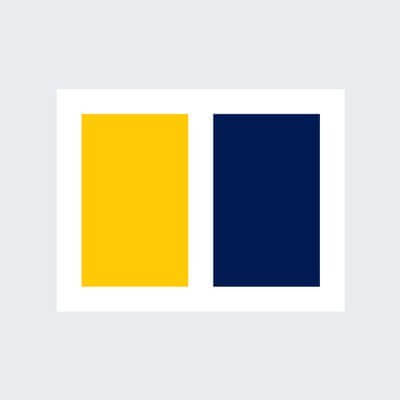
The US customs agency is soliciting proposals for ways to identify suspect products in the supply chain, with technologies including DNA-based molecular tagging
New techniques can determine where textiles originate, aiding companies that likely will be required to prove their goods didn’t come from Xinjiang
Jacob Fromer in Washington and Owen Churchill in Palo Alto, California
Published: 2:15am, 13 Aug, 2021
Earlier this summer, the powerful US government agency that oversees America’s borders and ports sent out a call for help: it wanted to stop goods made with forced labour from entering the country, but needed better technology to track them down.
“When examining a textile product how do you determine where it came from?” asked a
memo from US Customs and Border Protection (CBP) to businesses. “Share your best tech!”
It did not mention China by name, but the message was clear.
US border agents are preparing for a total ban on all goods entering the US from China’s far-west Xinjiang region, where Beijing is accused of carrying out a genocide against Uygurs and other mostly Muslim minority groups, and subjecting many of them to forced labour.


